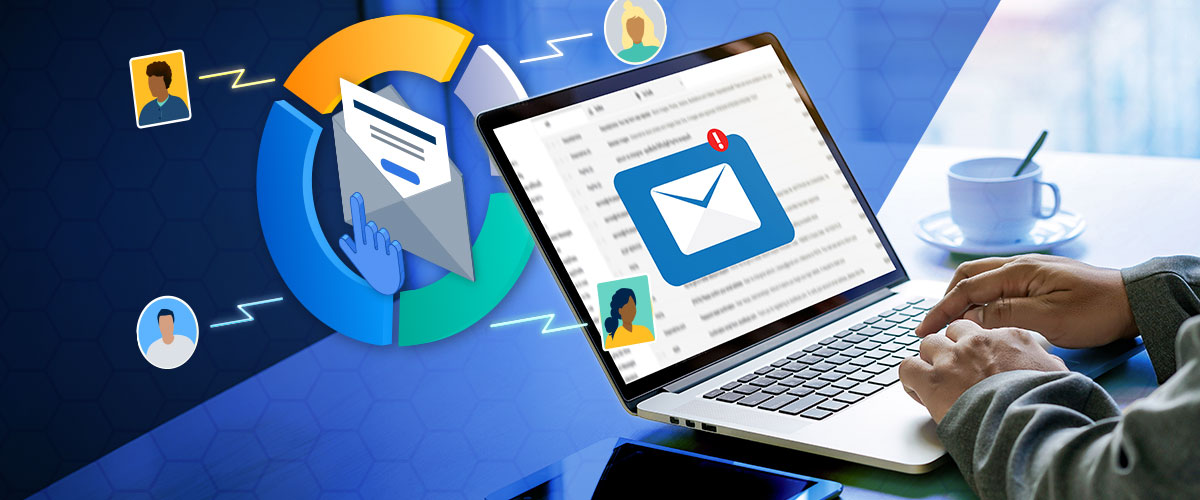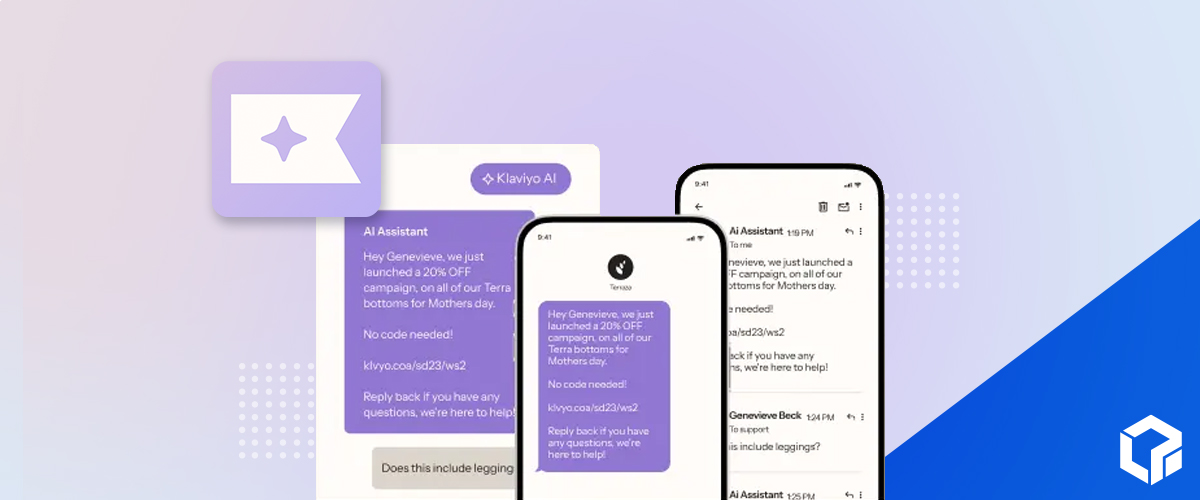The Importance of Segmentation in Email Marketing
The common belief is often more is better, particularly when it comes to contacts for your business. While that is often true, when it comes to email marketing, segmentation provides senders with more precision. This increases the probability of safely landing in a user’s inbox versus the dreaded spam filter. So if you’re broadly deploying correspondence, such as a monthly newsletter, take into consideration methods that can improve click rates, conversions, and minimize abuse reports. This is where segmenting your audience provides massive value.
Where To Begin
If you’re just getting started with segmentation, don’t worry—just think of it in terms of the rule of thirds. To do this, start by dividing your audience into three groups to measure impact and not overwhelm the email server. Our team typically recommends going by engagement history to start as that’s the best indicator to differentiate between warm and cold users.
Engagement threshold to build groups:
- Last 30 days
- Last 60 days
- Last 90 days
It is important to note that as you move further away from the 30-day engaged segment, the risks of negative engagements, spam complaints, and bounce-rates increases, which damages your sender’s reputation and diminishes the authority needed to regularly land in a user’s inbox. So no matter what, start small and snowball those results to increase your chances with colder (that is, older) audiences.
Breaking your contact list into smaller segments allows you to home in on recent engagers with follow-ups, which continue to incrementally improve your ability to win the inbox with your audience. This can be difficult for new users who are looking to maximize the creative efforts that went into building a campaign by sending them to everyone they know. However, don’t fret, just iterate with a creative variant based on a user’s engagement action. If they opened it, but didn’t click, modify your subject line accordingly and resend the content with an edgy hook. No matter what, isolating recent email engagement is going to produce better results for you and increase your chances of inbox placement moving forward.
How It Works
Inbox providers such as Gmail, Yahoo, and others are keeping a closer eye on user experience more than ever before. They want to deliver relevant emails to user inboxes, and you want to make sure those emails come from your business. This is what makes audience segmentation vital to successful email strategies.
We all want conversions for our business and more site traffic, and the best way to get you there is by segmenting your audience. There are two ways we like to look at goals in email marketing, short term and long term. In the short term, focus on driving conversions by “expanding the reach” of recipients receiving campaigns. Sending to your 90-day engaged audience is a great way to start. You might capture another 500 or 1,000 recipients in these campaigns, but be careful because there’s more risk involved when it comes to this. The risks could be increased unsubscribes, spam complaints, and bounced emails. Long-term thinking is capturing open rates above 30% and click rates above 2.5% by sending to your 30-day engaged audience. While the recipient count will be lower, you could still end up receiving the same number of unique opens and clicks, all while driving conversions. The long-term thinking here is keeping your sender’s reputation good in the eyes of inbox providers by sending campaigns to your proven engaged segments. The Gmail algorithm knows when its users are engaging with your emails, and that increases the likelihood of you continuing to land in inboxes for the long term.
Going Further
There’s more to effective list segmentation beyond your basic 30-, 60-, and 90-day engagement windows, as email service providers (ESP) now allow for more insight. If you’re sending a campaign about a slow-moving product with good margins, isolate your audience based on previous interest. When you integrate your e-commerce store with an ESP, it allows you to pull in shopping and viewed-product data. You can create segments based on who’s purchased a product in this collection already, and who has viewed products in this collection but not placed an order recently, which allows you to find your “window shoppers” and send a targeted campaign that will produce high engagement and increased chance of conversions.
An ESP such as Klaviyo even has predictive analytics within their segmentation. You can now predict a user’s gender, the expected date of the next order, the predicted number of orders, and the predicted customer lifetime value. This allows for insight into your audience and improves their experience with your brand and the opportunities to send highly targeted campaigns that make sense.
Highly Unengaged Contacts
Not everyone in your main list is going to be interested in receiving emails from you. And that’s okay. You must know when to let them go. This is imperative to your business growth and sender’s reputation. Creating segments of lapsed customers or highly unengaged is important to your list hygiene and overall email marketing strategy. It almost seems counterintuitive to suppress contacts on your list, but it’s the complete opposite. Sunsetting contacts off your list is considered best practice and will allow you to put more focus on the ones that really count. Not to mention, it will reduce your spam complaints, unsubscribes, and bounce rates.
Getting Started
Segmenting your audience can seem like a daunting task, especially if you’ve never done this before. The importance of segmenting can’t be overlooked or taken lightly, so while it may seem like you don’t have the bandwidth to properly start, we’re here to help. If your business is ready to create some separation, reach out for a complimentary, no-obligation account audit and campaign review today.





